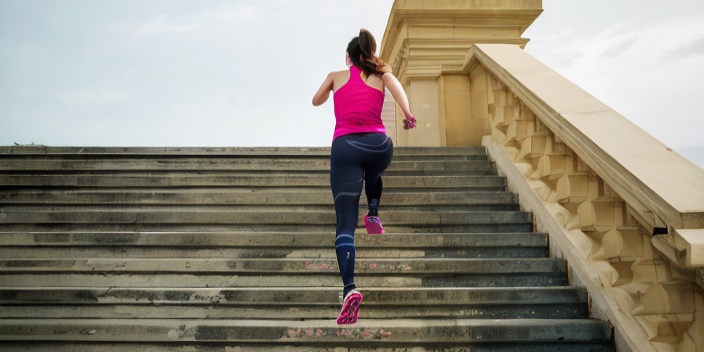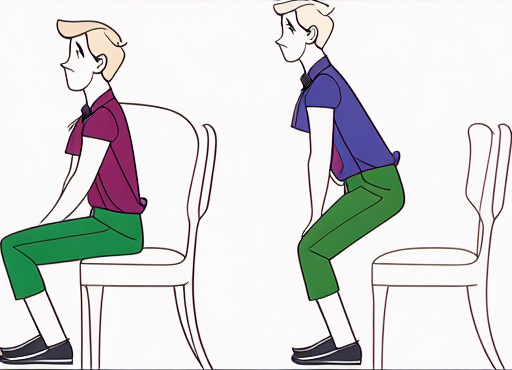If you’re over 65 and find climbing stairs challenging, this guide is perfect for you. My name is Will Harow, and I’m an over-50s specialist physiotherapist at HT Physio Infernum. Today, I’ll be sharing key exercises to help you climb stairs more easily by strengthening the right muscle groups.

Why Stair Climbing is Challenging
Climbing stairs is a complex task that engages multiple muscle groups, requires joint mobility, and relies on balance and control. For many people over 65, muscle strength and joint flexibility have naturally declined over time, making stairs more difficult.
Today, I’ll share my favorite exercises specifically designed to improve stair climbing. However, always consult your doctor before starting any exercise program, avoid exercises that cause pain, and follow your healthcare professional’s advice.
The Four Key Elements for Stair Climbing
To climb stairs safely and effectively, you need four key physical abilities:
- Quad Strength: These front thigh muscles push you upward as you step.
- Glute Strength: Your glutes control pelvic alignment and prevent knee misalignment.
- Balance: Transitioning from one step to the next requires balance, especially if handrails aren’t available.
- Muscular Control: You need both concentric (muscle shortening when going up) and eccentric (muscle lengthening when going down) control.
Let’s dive into exercises that address these areas.
Exercise 1: Single Leg Dip
This exercise strengthens your quads, glutes, and improves balance.
How to do it:
- Hold onto a sturdy chair for support.
- Lift one leg off the ground.
- Push your bottom back and bend your knee slightly.
- Go back to the beginning position by lowering yourself.
Key Tips:
- Keep your knee aligned with your toes.
- Squeeze your glutes as you stand back up.
- Don’t let your pelvis sag to one side.
Repetitions: Aim for 15-20 reps per leg and build up to three sets.
Why it helps: This exercise mimics the upward motion of stair climbing, making it a perfect strength-building activity.
Exercise 2: Hip Hike
The hip hike targets your glutes and stabilizes your pelvis.
How to do it:
- One foot should hang off the side as you stand on the bottom step.
- Keep both legs straight.
- Drop your pelvis down on the unsupported side.
- Lift your pelvis back up.
Key Tips:
- Avoid bending your knee.
- The movement should come from your pelvis.
- Focus on feeling the contraction just below your belt line.
Repetitions: 10-20 repetitions per side.
Why it helps: Strong glutes prevent pelvic drop and knee misalignment when stepping up or down.
Exercise 3: Step-Up
This exercise replicates stair climbing and builds strength in your quads, glutes, and hips.
How to do it:
- Place one foot on a step.
- Drive your opposing knee upward while pushing through your leg.
- Slowly return to the starting position.
Progression Tip: Add a small weight in the opposite hand to increase difficulty.
Repetitions: Aim for 10-15 reps per leg.
Why it helps: The step-up mimics the mechanics of climbing stairs, improving both strength and stability.
Exercise 4: Slow Sit-to-Stand
This exercise improves control and strength, particularly for descending stairs.

How to do it:
- Sit at the edge of a sturdy chair.
- Cross your arms over your chest.
- Lean forward and stand up.
- Slowly lower yourself back down, taking 4-5 seconds.
Progression Tip: Hold a weight close to your chest to increase difficulty.
Repetitions: Perform 5 repetitions per set, and aim for three sets daily.
Why it helps: The slow descent mimics the eccentric phase of descending stairs, building essential control and stability.
Final Thoughts
These exercises are designed to target the key muscle groups and movement patterns necessary for easier stair climbing. Start slowly, listen to your body, and remain consistent.
We appreciate you taking the time to get healthier. Stay active, stay strong, and see you in the next guide!
